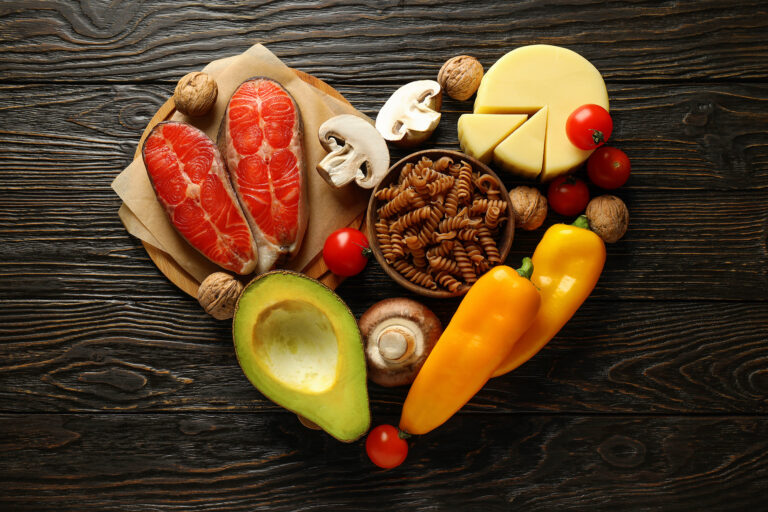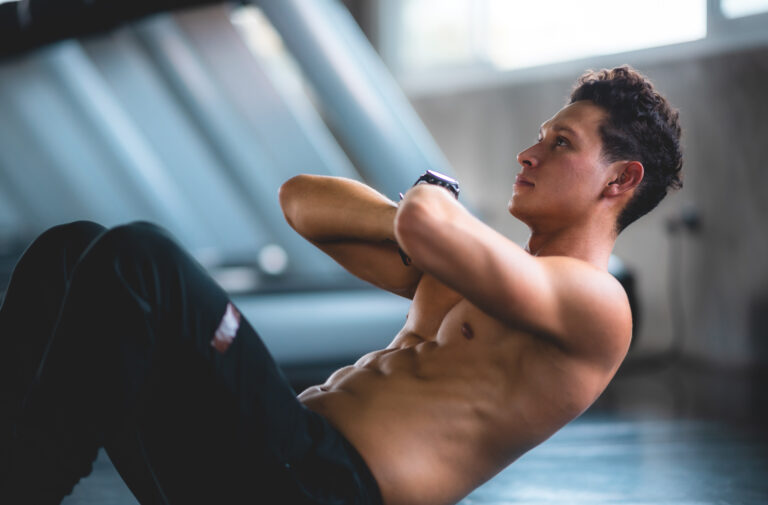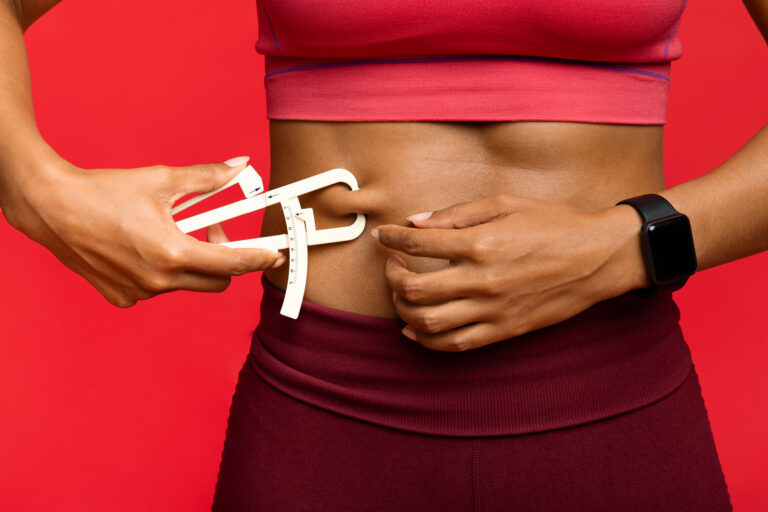What is the Quadratus Lumborum?
The quadratus lumborum, often referred to simply as the QL, is a crucial muscle in the human body that plays a significant role in both movement and stability. Nestled deep within the lower back, this muscle is fundamental to various bodily functions, especially those involving the lumbar spine and pelvis. Understanding the anatomy, function, and importance of the QL is essential for anyone interested in fitness, sports performance, or overall health.
Anatomy of the Quadratus Lumborum
The quadratus lumborum is located in the posterior abdominal wall, situated between the iliac crest and the lower ribs. This rectangular-shaped muscle has a unique placement, originating from the iliac crest and iliolumbar ligament and inserting into the lower border of the twelfth rib and the transverse processes of the lumbar vertebrae. This strategic positioning allows the QL to perform its critical functions effectively.
The QL is bordered by several important anatomical structures. Anteriorly, it is adjacent to the psoas major muscle, another key player in lumbar stability and movement. Posteriorly, it lies near the deep muscles of the back, such as the erector spinae. This proximity to other muscles highlights the QL’s integral role in the complex network of the lumbar spine’s musculature.
The quadratus lumborum also interacts closely with the diaphragm. The diaphragm’s crura, or muscle fibers, extend into the lumbar region, creating a functional relationship with the QL. This connection underscores the importance of the QL not only in lower back movement but also in respiratory mechanics. The interplay between these structures is vital for maintaining proper posture and facilitating various physical activities.
Function
The primary function of the quadratus lumborum is to stabilize the lumbar spine and pelvis. When both sides of the QL contract simultaneously, they provide crucial support to the lower back, helping maintain an upright posture. This stabilization is essential during activities such as standing, walking, and lifting weights, where a stable core is necessary to prevent injury and ensure efficient movement.
Additionally, the QL plays a vital role in lateral flexion of the spine. When one side contracts, it bends the trunk to that side, aiding in movements that require side bending. This function is particularly important in sports and activities that involve twisting or lateral movements, such as tennis, golf, and various martial arts. The QL’s ability to facilitate these movements highlights its significance in both daily activities and athletic performance.
Another key function of the QL is its involvement in respiration. During deep breathing, the QL assists in the depression of the twelfth rib, contributing to the expansion of the thoracic cavity. This action is especially important during activities that require increased oxygen intake, such as running or intense physical exertion. By aiding in respiration, the QL supports overall endurance and performance.
Biomechanics
The biomechanics of the quadratus lumborum are complex, reflecting its multifaceted role in the body. This muscle is a key player in the stabilization and movement of the lumbar spine and pelvis. When the QL contracts, it exerts a pulling force on the lumbar vertebrae, contributing to the maintenance of proper spinal alignment. This alignment is crucial for preventing lower back pain and injuries, which are common issues in both athletes and the general population.
The QL also influences the biomechanics of the pelvis. By stabilizing the pelvis during movement, it helps ensure that the forces generated by the lower limbs are efficiently transmitted to the upper body. This function is particularly important in activities that involve running or jumping, where the coordination between the lower and upper body is essential for optimal performance.
Furthermore, the QL plays a significant role in maintaining an even gait. During walking or running, the QL helps stabilize the pelvis, preventing excessive tilting or rotation. This stabilization is critical for maintaining a smooth and efficient gait pattern, reducing the risk of injuries such as hip or knee strain. The QL’s contribution to gait mechanics highlights its importance in both everyday activities and athletic endeavors.
Common Injuries and Disorders
Injuries and disorders affecting the quadratus lumborum are relatively common, especially among individuals who engage in activities that place significant strain on the lower back. One of the most frequent issues is muscle strain, which can occur due to overuse, improper lifting techniques, or sudden movements. Symptoms of QL strain include sharp pain in the lower back, stiffness, and difficulty moving the torso.
Another common disorder is myofascial pain syndrome, where the QL develops trigger points or tight knots of muscle fibers. These trigger points can cause referred pain, which is felt in areas other than the site of the trigger point. For example, QL trigger points often cause pain in the lower back, hips, or even the buttocks. This condition can be particularly troublesome for athletes, as it can impair performance and lead to compensatory movement patterns that increase the risk of further injury.
Chronic conditions such as lumbar facet syndrome or disc herniation can also involve the quadratus lumborum. These conditions often result in chronic lower back pain, which can be exacerbated by QL dysfunction. In such cases, the QL may become overactive as it attempts to stabilize the spine, leading to muscle fatigue and further pain. Addressing QL dysfunction is therefore crucial in the management of these chronic conditions.
Role in Exercise and Fitness
The quadratus lumborum is an essential muscle in exercise and fitness, particularly in activities that require core strength and stability. Strengthening the QL can enhance performance and reduce the risk of injury. Exercises that target the QL include side planks, hip hikes, and various forms of lateral flexion exercises. These movements help build strength and endurance in the QL, supporting overall core stability.
Flexibility is another important aspect of QL health. Stretching exercises such as the standing side stretch or the seated QL stretch can improve flexibility and reduce the risk of muscle strain. Incorporating these stretches into a regular fitness routine can help maintain the QL’s length and prevent tightness, which is especially important for individuals who spend long periods sitting or performing repetitive movements.
Case studies of athletes demonstrate the importance of a strong and flexible QL. For example, tennis players who regularly perform lateral movements and twisting actions benefit from a well-conditioned QL, which helps them maintain stability and generate power in their strokes. Similarly, runners who focus on QL strength and flexibility often experience improved gait mechanics and reduced lower back pain, enhancing their overall performance.
Treatment and Rehabilitation
Effective treatment and rehabilitation of quadratus lumborum injuries are crucial for a full recovery and the prevention of future issues. Initial treatment typically involves rest, ice, and anti-inflammatory medications to reduce pain and swelling. Once the acute phase has passed, physical therapy becomes essential.
Physical therapy for QL injuries focuses on restoring strength and flexibility. Techniques such as myofascial release, trigger point therapy, and targeted stretching exercises can help alleviate muscle tension and improve mobility. Strengthening exercises, particularly those that emphasize core stability and lateral flexion, are also important for rebuilding the QL’s capacity to support the lower back and pelvis.
In some cases, alternative treatments such as acupuncture or chiropractic care may be beneficial. These therapies can complement traditional physical therapy by addressing underlying imbalances and promoting overall musculoskeletal health. A comprehensive approach that combines various treatment modalities is often the most effective way to achieve lasting relief and prevent recurrence of QL injuries.
Key Takeaways
The quadratus lumborum is a vital muscle for maintaining lower back stability and facilitating various movements. Understanding its anatomy, function, and role in biomechanics is crucial for optimizing fitness and preventing injuries. Strengthening and maintaining flexibility in the QL can significantly enhance athletic performance and overall quality of life.









